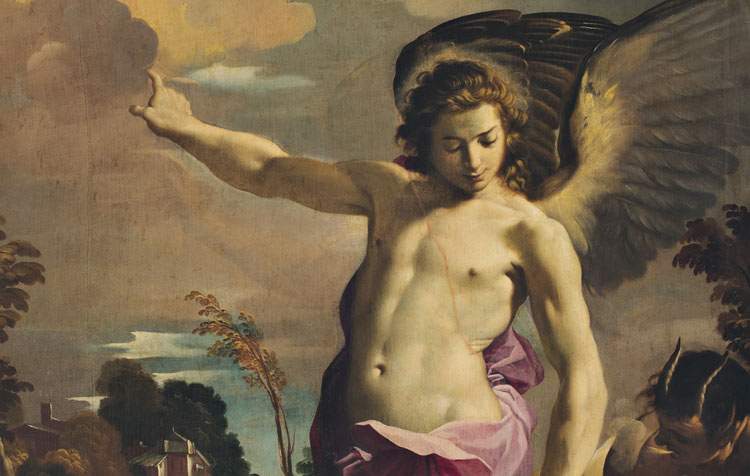There is a particularly apt anecdote to give a measure of the greatness of the genius of Carlo Bononi (Ferrara, c. 1580 - 1632), the great painter to whom Ferrara is dedicating its first monographic exhibition this year, at the Palazzo dei Diamanti. It seems that Guido Reni (Bologna, 1575 - 1642), commissioned to finish a Resurrection left unfinished by Bononi when he passed away, had declined the invitation stating that it would not be possible for him to put his hand to a work by a “non-ordinary” artist, and that he would be “in truth reckless” if he tried to undertake such an undertaking.
Now, we do not know whether Guido Reni’s letter, quoted in Girolamo Baruffaldi’s Lives of Ferrara Painters and Sculptors, is authentic (however, there are reasons to believe it is so, according to several scholars), but what is true is that Carlo Bononi enjoyed avery high esteem during his lifetime, and even afterwards. He was a versatile artist, who knew how to juggle between Rhenish softnesses, a naturalism that did not disdain glances at Caravaggio, Venetian atmospheres borrowed from Veronese and Palma il Giovane, a vigorous, strong, warm and deeply felt painting such as masters like Tintoretto or Ludovico Carracci knew how to do, and he was able to achieve surprisingly original results that guaranteed him fame and success: natural that, sooner or later, a monographic exhibition should be dedicated to him.
An exceptional exhibition, starting with the chosen title: Carlo Bononi. Last Dreamer of the Ferrara Workshop. A title that echoes Longhi: it was he, in a 1934 essay, who coined the definition “officina ferrarese” with which the sense of community of Ferrara artists was extolled, their propensity for mutual confrontation, and the choral nature that connoted many of their undertakings, and it was Longhi again who referred to Carlo Bononi as the “last dreamer” of the workshop.
1598 was the year of the devolution of Ferrara to the Papal State, the Este court had to move to Modena, and, although the artistic environment in Ferrara had not ceased its intense vitality, Bononi had to spend his existence within the confines of a world tinged with a subtle nostalgia and forced to face all the difficulties typical of those far from prosperous times.
Click here to read the full review...
 |
| Review of the exhibition on Carlo Bononi in Ferrara |
Warning: the translation into English of the original Italian article was created using automatic tools. We undertake to review all articles, but we do not guarantee the total absence of inaccuracies in the translation due to the program. You can find the original by clicking on the ITA button. If you find any mistake,please contact us.